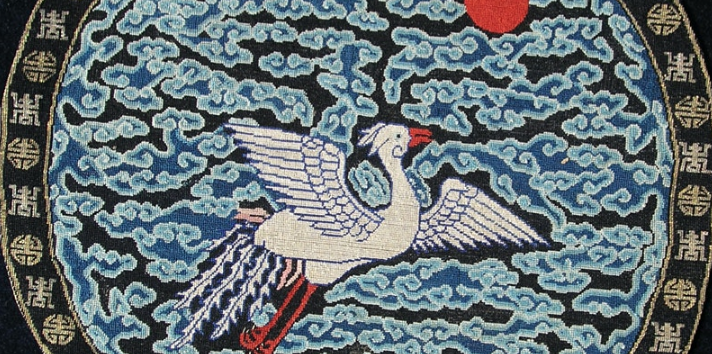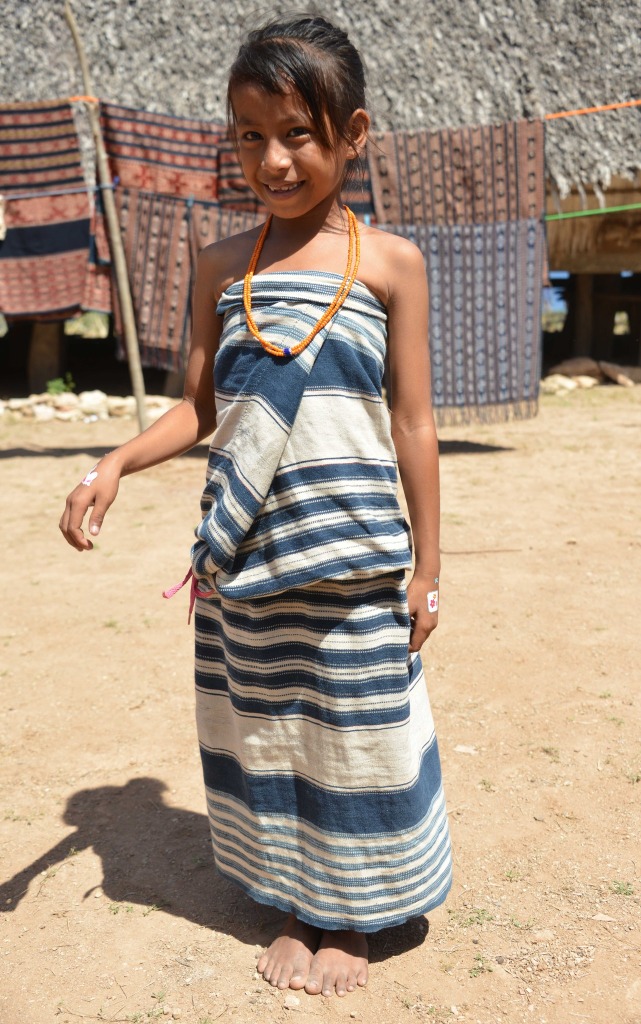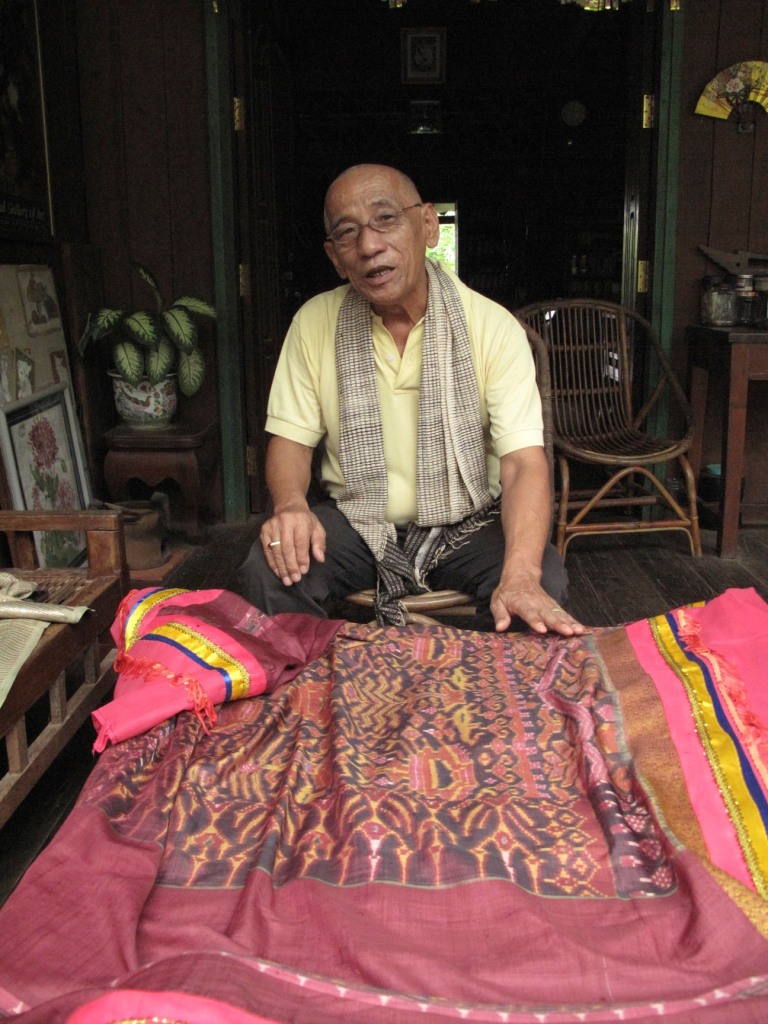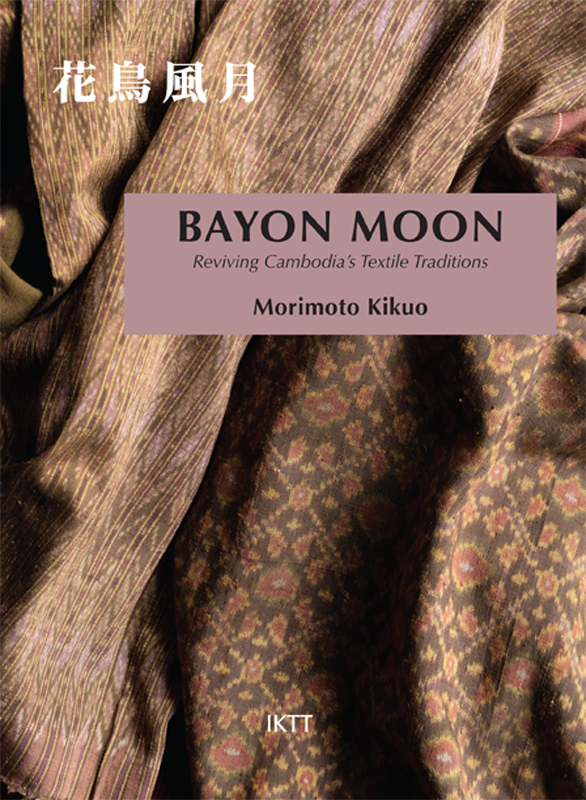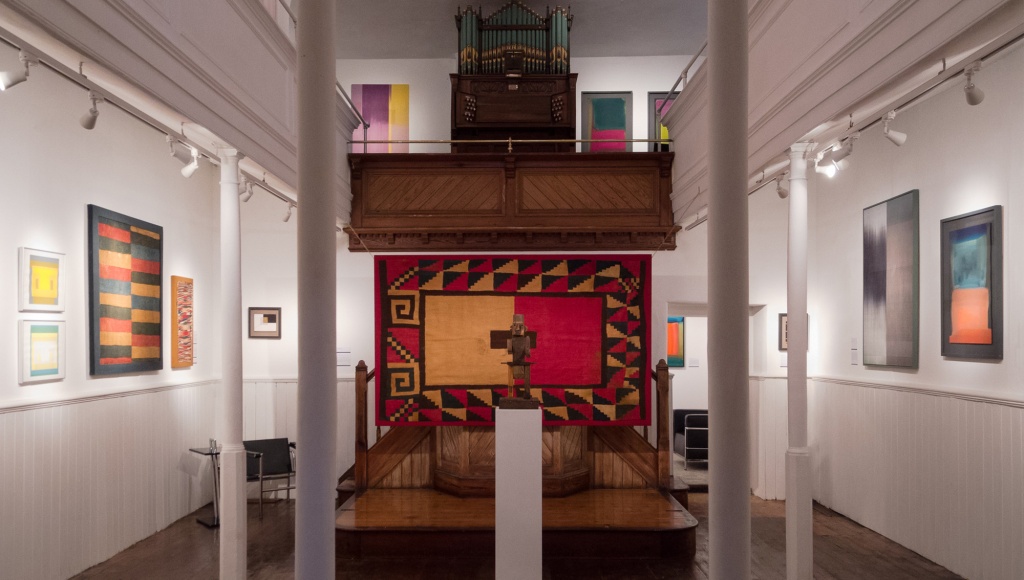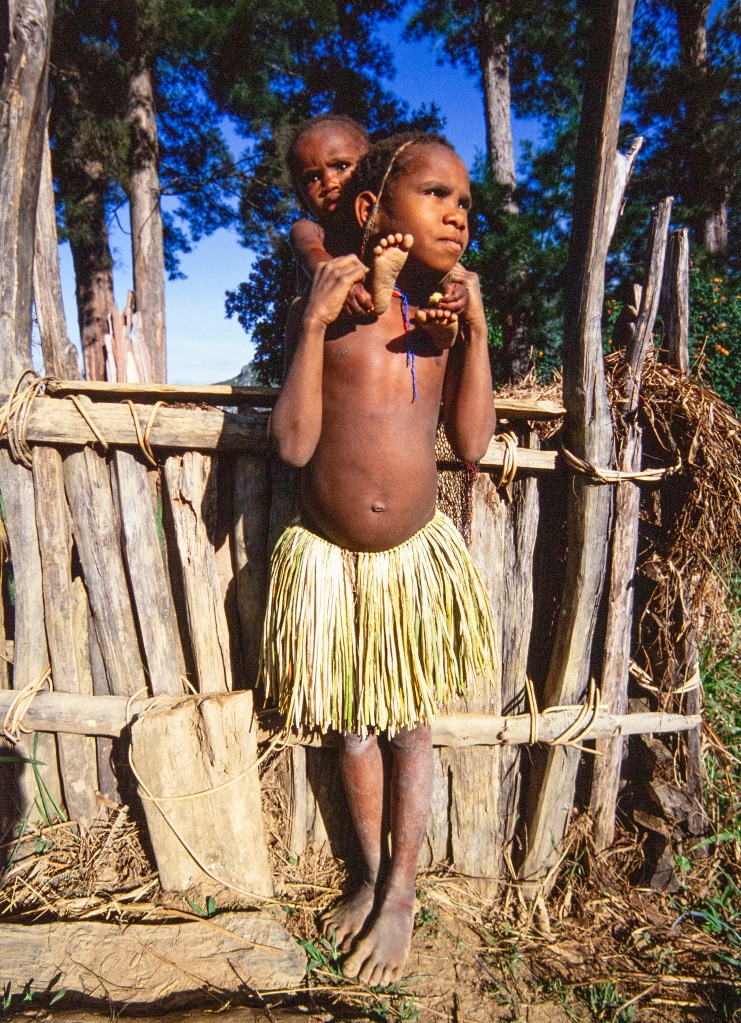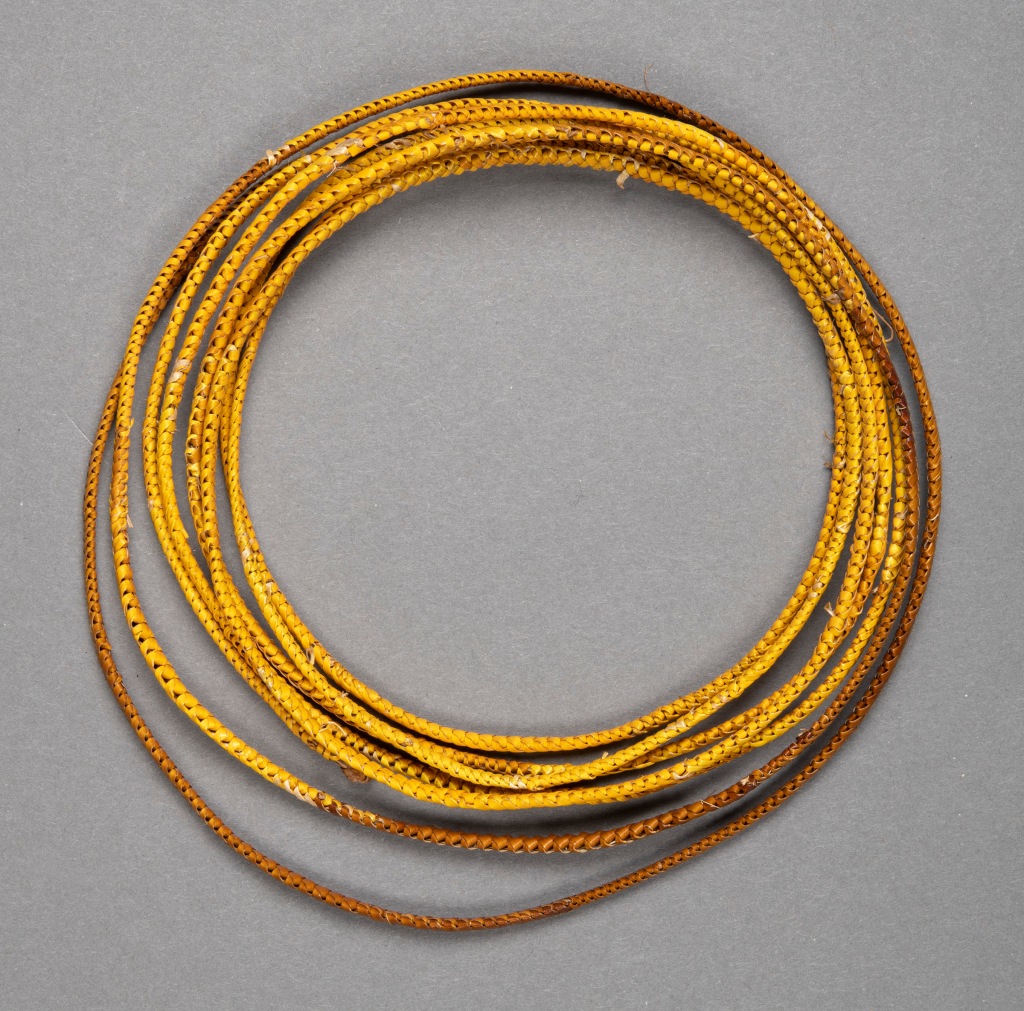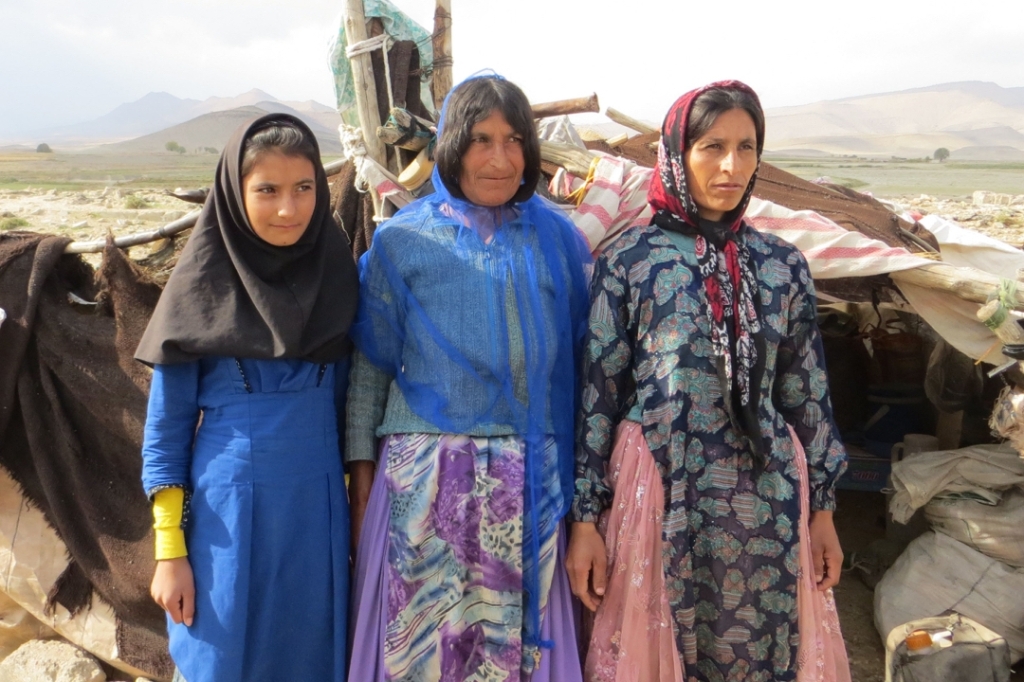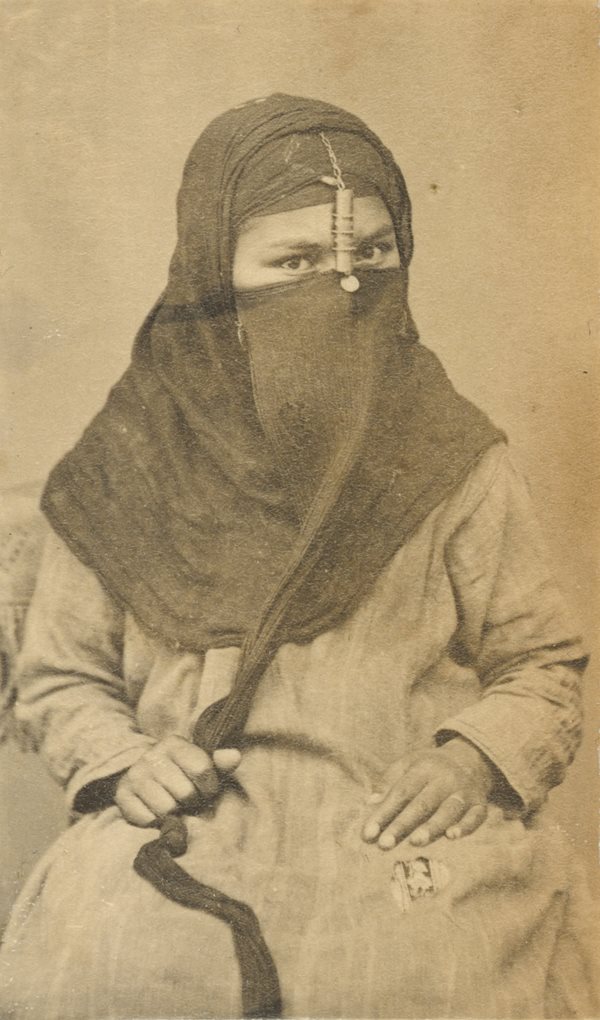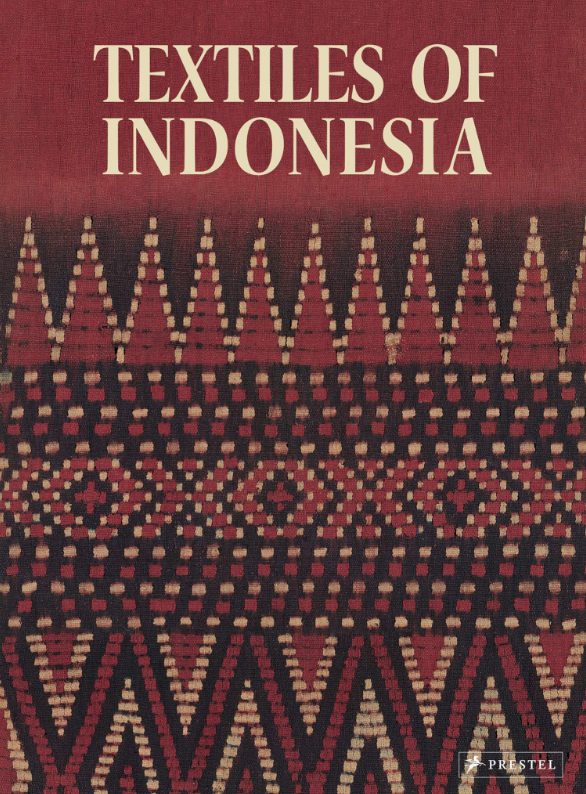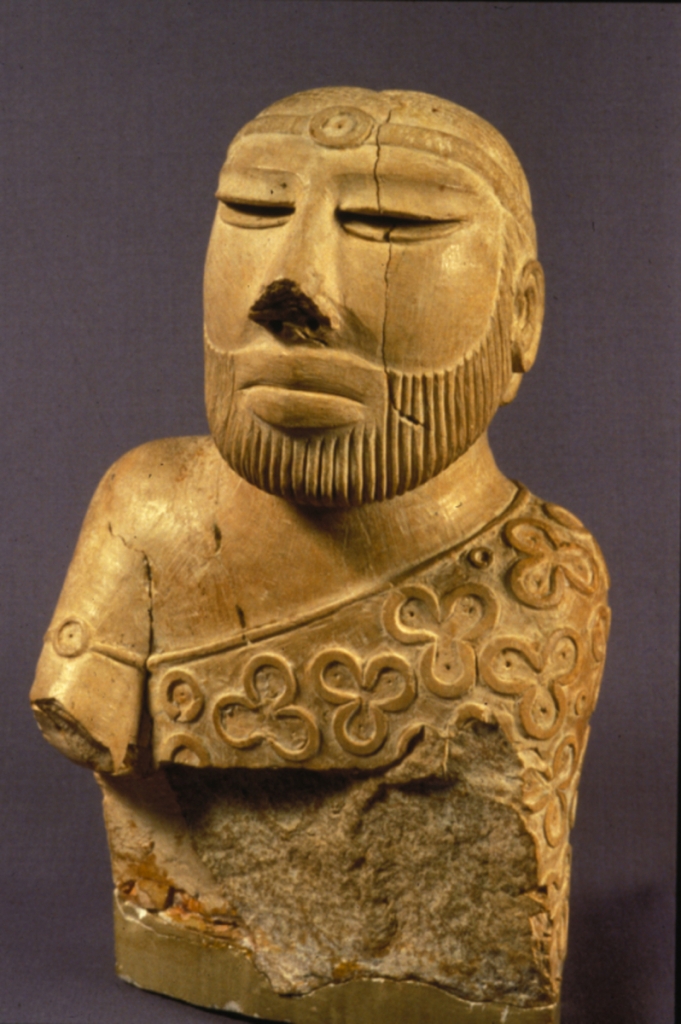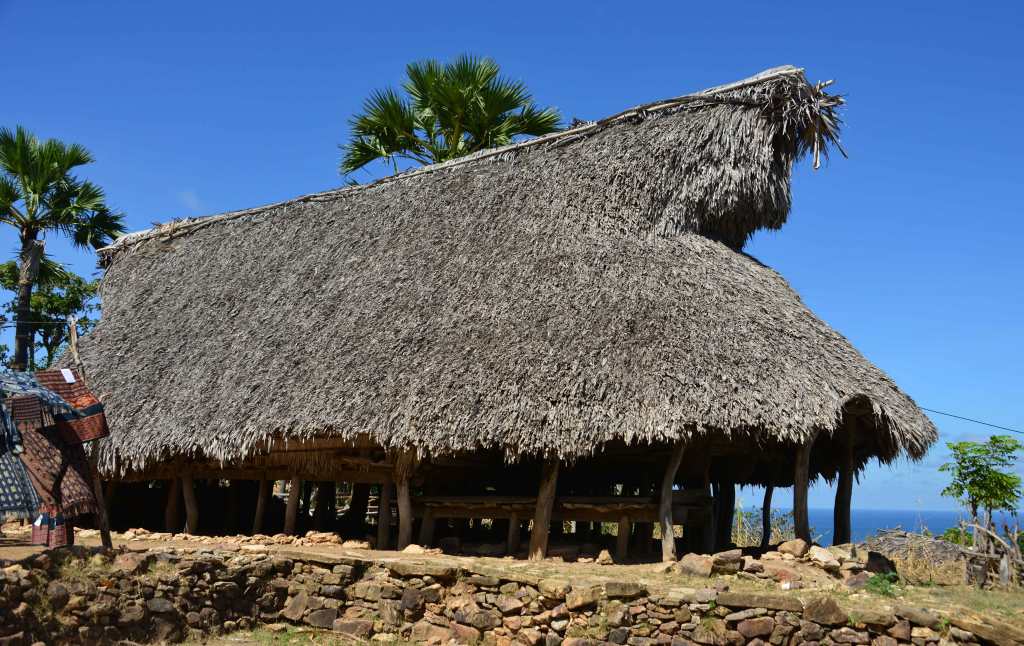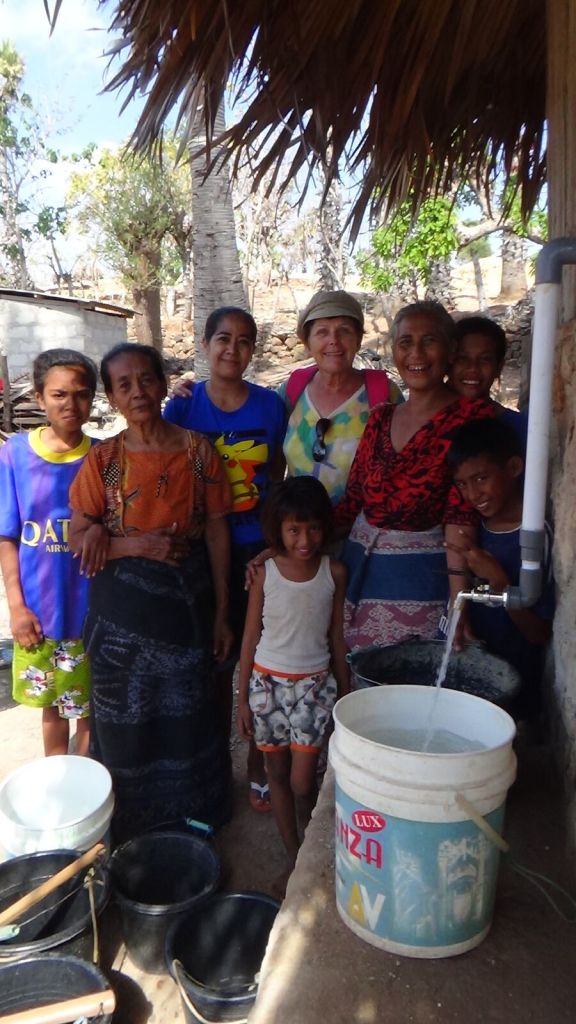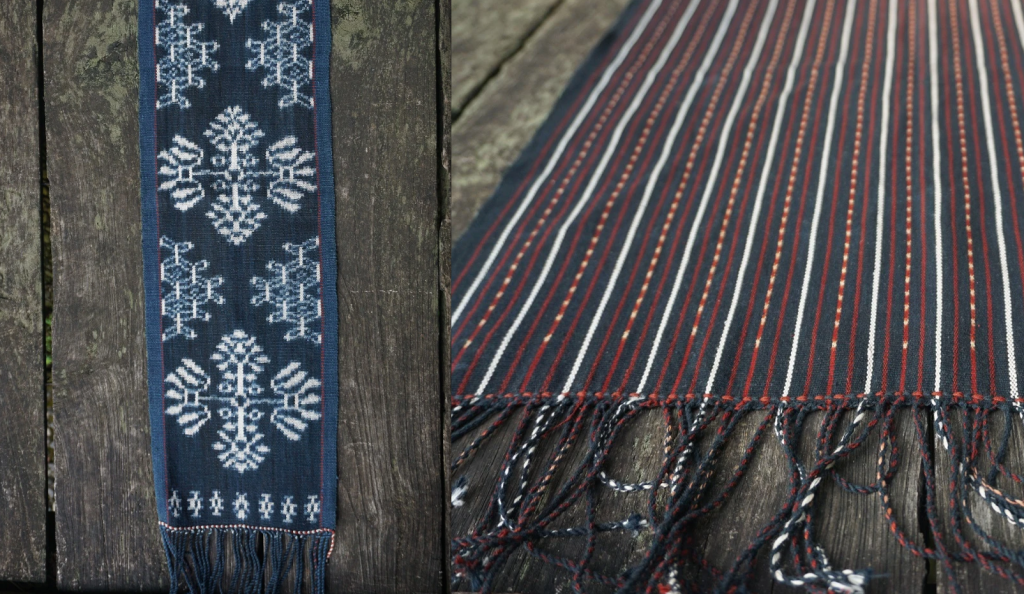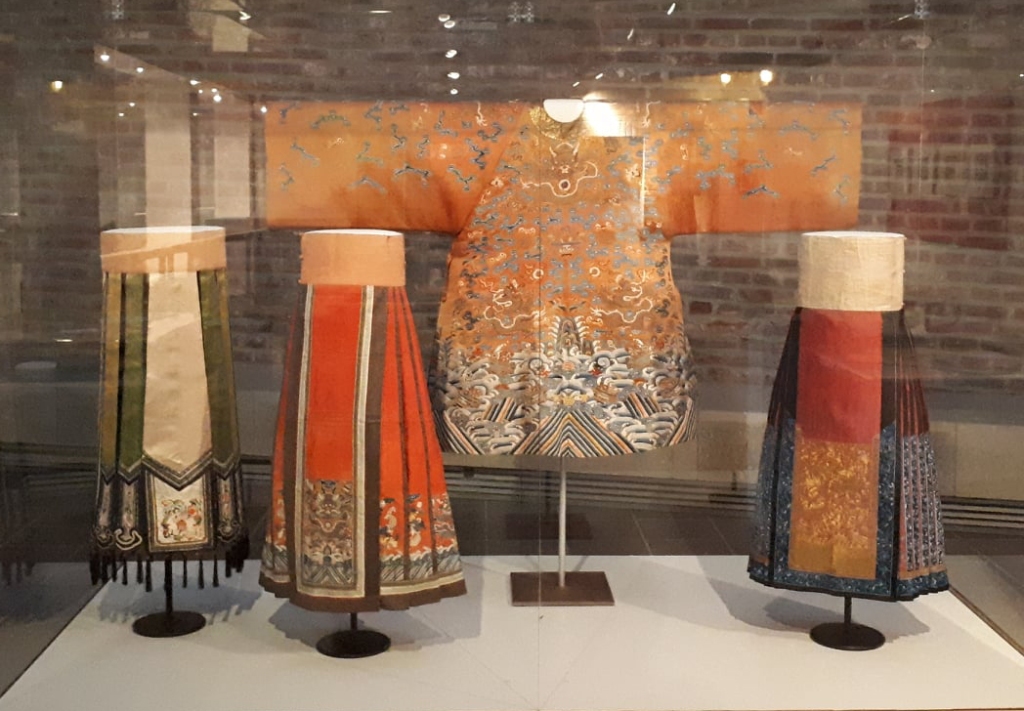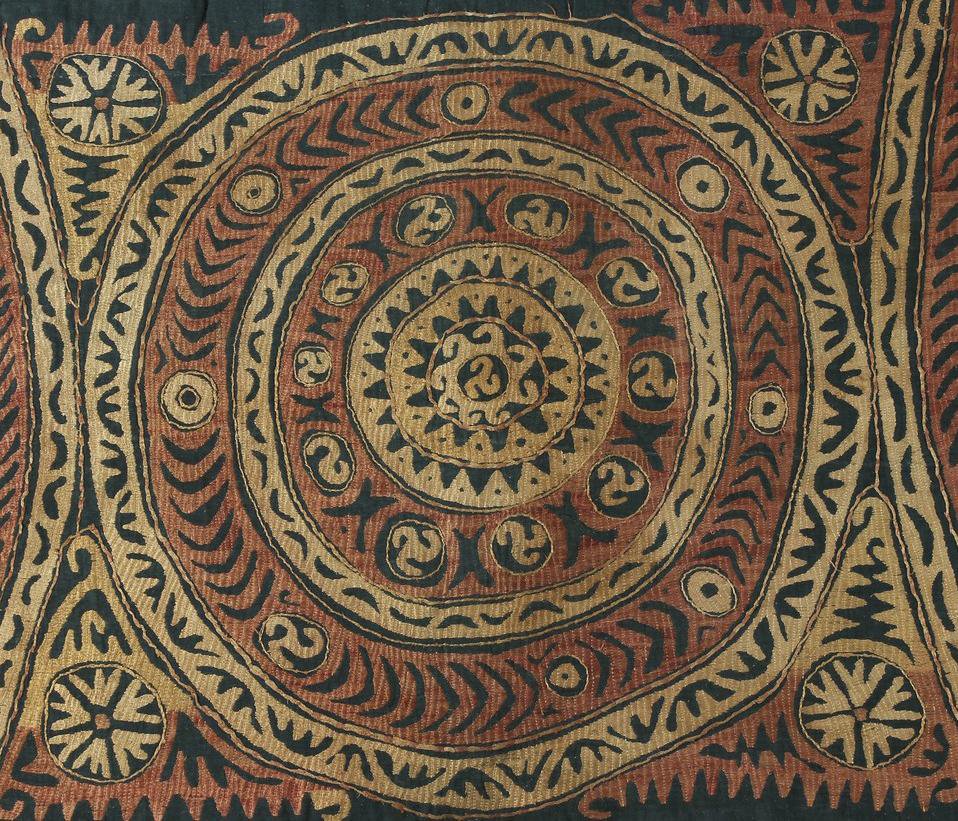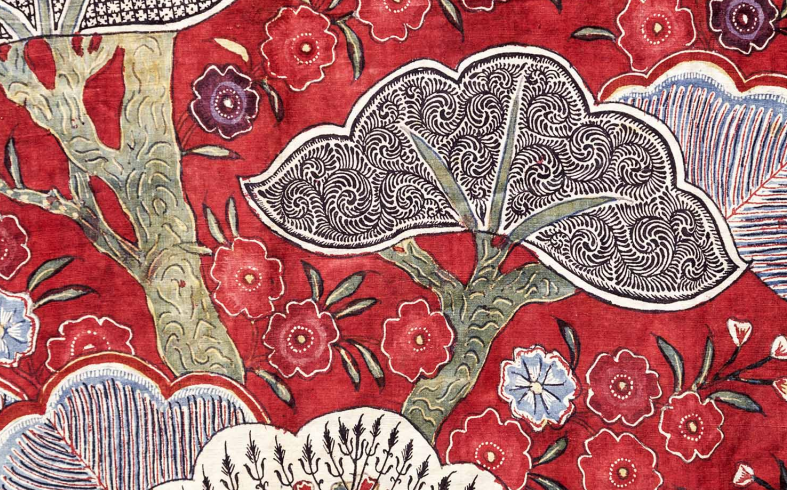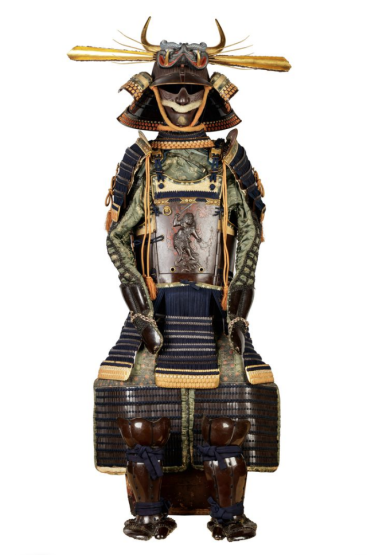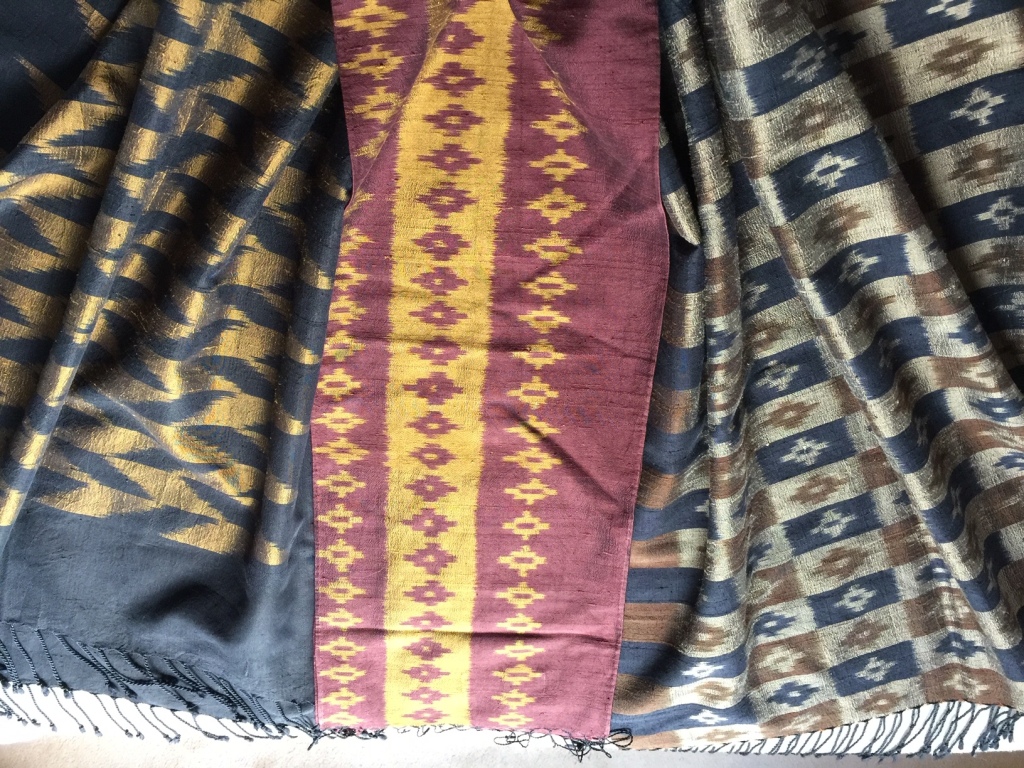
PLEASE NOTE Subscribers who usually read this blog via their email will need to click on the blue title to access it through our WordPress site instead to enable them to watch the video in this blog.
I recently blogged about a lovely book for children, Mea and the Palm Flowers, produced by OATG member Sandra Sardjono of Tracing Patterns Foundation, with the help of Geneviève Duggan and Ice Tede Dara.

Half of all sale proceeds will be donated to the weavers of the Tewuni Rai group, many of whom lost their homes during the devastating Cyclone Seroja last year. If you are a keen weaver, dyer or collector this would make a great gift for the children in your life.
I loved the enthusiasm of this young boy in his short video review of the book, which can be ordered here!
Sonja Mohr of the Rautenstrauch-Joest Museum in Köln has just informed me of this very interesting article on Philippine piña textiles.
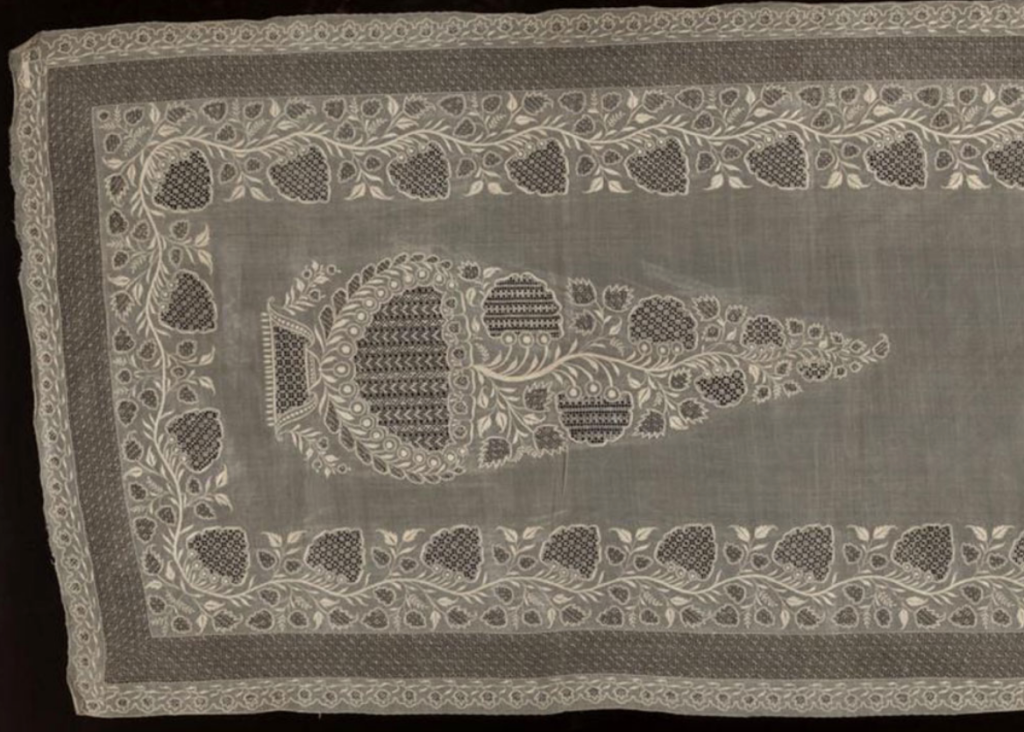
Interrogating Translucence: Biological and Cultural Definitions of Piña is by Abi Lua, whose current thesis project explores Philippine piña textile connoisseurship and mentality. Here she discusses some of the difficulties in identifying piña, from both a biological and cultural point of view.

This article by Keith Recker for Selvedge also caught my attention. In it Keith looks at the colour purple and how it is produced by milking sea snails. The illustrations are excellent, and it was interesting to learn how the “community’s way of life was shaped around the making of purple, and the journey to the coast to dye yarns was a major event. A group of dyers would walk eight days to the coast. It was a real journey……. ‘involving several river crossings. The men would carry their own food, and when their tortillas, beans and coffee ran out, they would work in local farms to be reprovisioned. Once they reached their campsite on the coast, they’d stay for about three months before heading back to Pinotepa”. – Selvedge

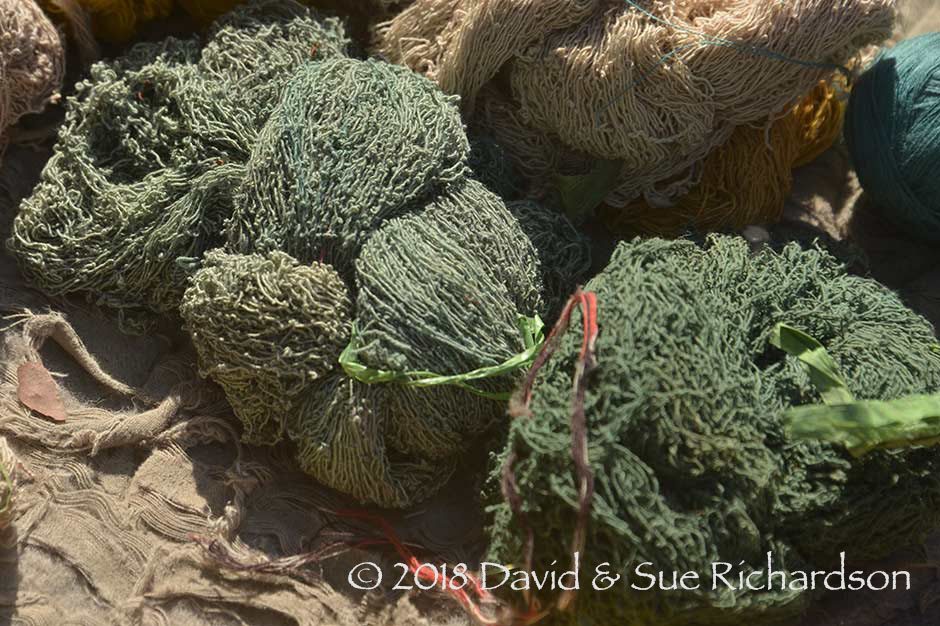
This reminded me of the marine dyes, which I have seen produced on the small island of Ternate in the Alor archipelago of Eastern Indonesia. There, two different colours – purple and green – are produced from the same creature. The purple comes from the ink sac and the green from the innards, with what remains going into the pot for supper.
A quick reminder that this is your last chance to sign up for a couple of talks taking place online tomorrow, Saturday 12 February. The first is on molas by Tom Hannaher, whose online presentation is entitled Painting With Scissors: Mola Art of the Kuna (Guna) Indians and takes place at 13:00 EST, which is 18:00 GMT. he second is on Uyghur feltmaking with Christine Martens. It begins at 11:00 EST, which is 16:00 GMT and you can register for it here.
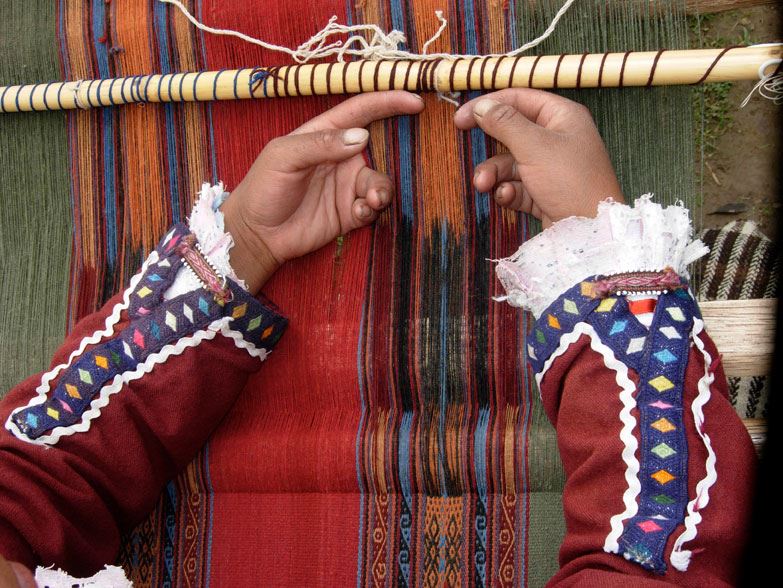
The first of the 2022 series of Textile Talks, hosted by Andean Textile Arts, takes place next Tuesday 15 February, when the subject will be Textile Traditions of the Peruvian Highlands. Participants will learn “how Andean weavers use corn husks in their weaving, which natural dye was part of the Incan taxation system, why Andean brides often receive handwoven jakimas as wedding gifts, and so much more.” – ATA website
The talk also features a video, narrated by one of the presenters Jennifer Moore. The other presenter is Ercil Howard-Wroth. Click here for more information and to register. Please note this talk begins at 19:00 EST, which is midnight in the UK.

On Wednesday 16 February ORTS will host a Zoom presentation by Dr Sarah Fee of the Royal Ontario Museum entitled Born of the Indian Ocean:The Textile Arts of Madagascar. The ROM hold 54 Madagascan textiles in their collection, some of which date to the nineteenth century. It was interesting to read about the connection with Omani traders and Indian trade cloths, almost reminiscent of the Silk Road connections.
There is a lot of excellent information, with very good images and some videos on the ROM website, which I strongly recommend to those interested in Malagasy textiles and culture.
The talk takes place at 18:00 GMT. Non-members wishing to attend should contact Dimity Spiller.
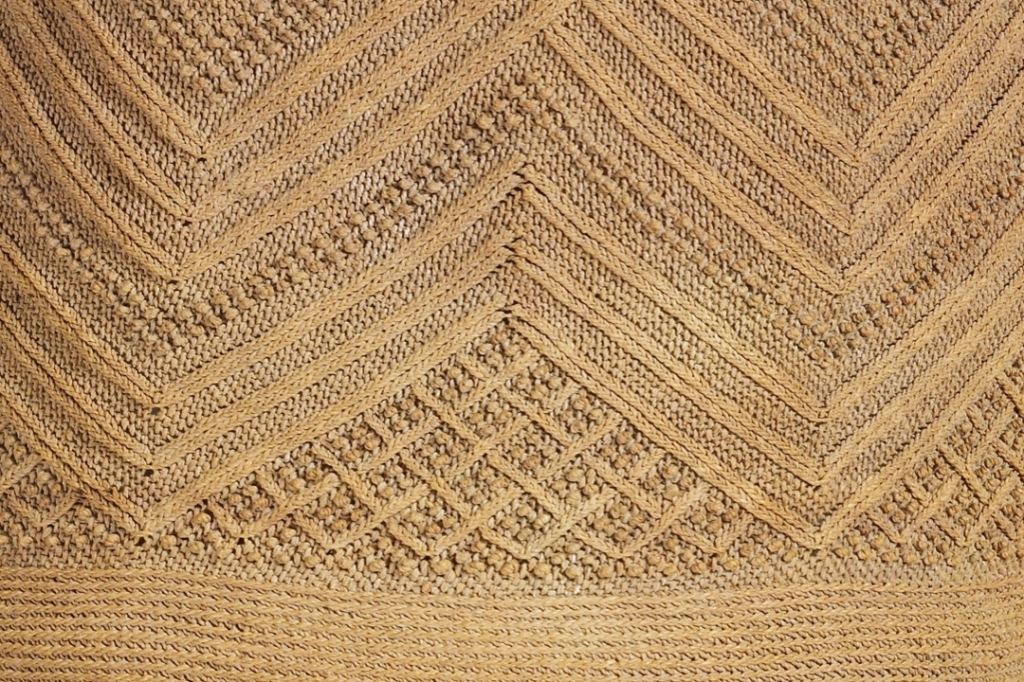
Sarah is going to be very busy as she also features in the next in the series of talks from the Textile Museum, centred on the latest edition of the Textile Journal, which she guest-edited.
Cécile Fromont of Yale University will be in discussion with Sarah about Kongo textiles, “which are celebrated as masterpieces of exquisite workmanship but garner limited attention in scholarship.”
This talk takes place on Wednesday 16 February at 12:00 EST, which is 17:00 GMT, and you can register for it here.

On Thursday 17 February the Korea Society will host a live webcast by Dr Minjee Kim entitled Hanbok: A new lexicon of women’s fashion.
“In 2021, hanbok – the generic term referring to traditional style Korean clothing – was registered in the Oxford English Dictionary. In this comprehensive series of lectures, Dr. Minjee Kim, the preeminent scholar of Korean textile and fashion in the U.S., illustrates and elucidates hanbok in sartorial, socio-cultural, and historical contexts.
In the first lecture of the series, Dr. Kim discusses some distinctive qualities of women’s hanbok in comparison with other dress traditions; terminologies of the components and their structural parts; colors, materials, and embellishments; and symbols and ideas behind design principles and ways of dress.” – Korea Society
The webcast begins at 18:00 EST, which is 23:00 GMT and you can register for it here.
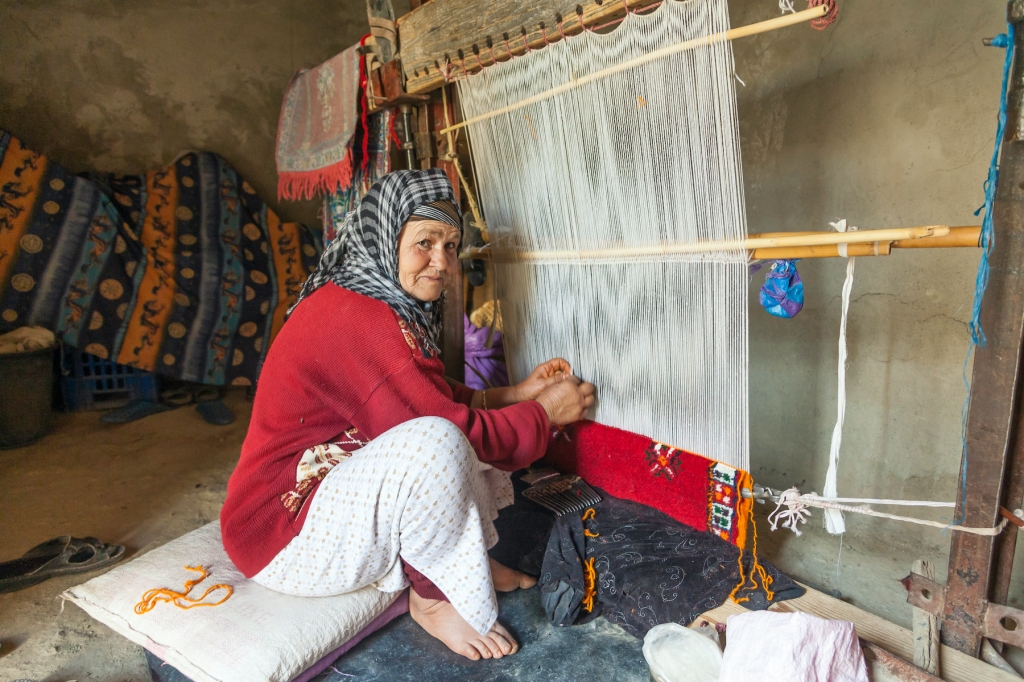
On Saturday 19 February the Textile Museum associates of Southern California (TMA/SC) will host a presentation by Susan Schaefer Davis. Her subject will be Women Artisans of Morocco: Their Textiles, Their Stories, Their Lives.
Most textile talks focus, naturally, on the textiles themselves, looking at which materials and techniques were used to create them, in which area they were made etc.
“In this talk, anthropologist, and author of Women Artisans of Morocco, Dr. Susan Schaefer Davis, whose work focuses on Moroccan women, their textiles, changing gender roles, and adolescence, will include all of those aspects of textiles, but will also introduce you to the actual Moroccan women who make them. You will meet several of these women virtually, and to see and learn about the unique textiles they produce, the lives in which they produce them, and their thoughts about their work and goals.”
The talk begins at 10:00 PST, which is 18:00 GMT and you can register for it here.

© The Trustees of the British Museum
Our next OATG online event will take place on Thursday 24 February at 18:30 GMT, and the subject will be Peru: A Journey in Time, based on the exhibition at the British Museum. Cecilia Pardo’s talk will introduce you to some of the extraordinary artefacts produced with incredible skill by the different peoples of the Andes displayed in the exhibition. She will focus on the magnificent textiles drawn from both the British Museum, and collections in Peru and beyond.
Helen Wolfe will end with a brief overview of the British Museum collection of Early Andean textiles, numbering over 1,000 pieces. This event is free for OATG members and a very reasonable £3 for non-members, payable via our PayPal account. For more details and registration please click here.
Don’t forget to let me know of any textile-related events or articles you think I should include here!

